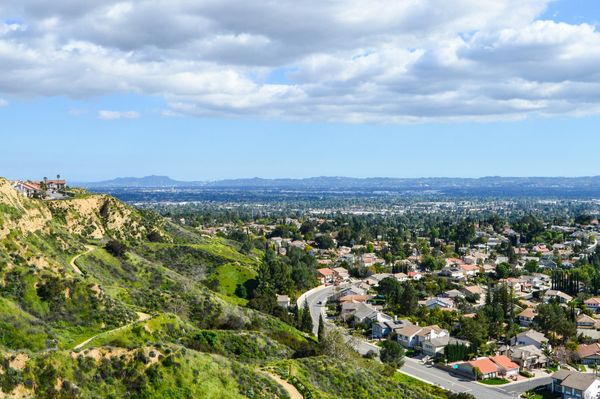As photographer Chloe Bartram raises her camera to snap a picture of a sandy beach south of Broome, she's almost mimicking an activity carried out at the same place a century ago.
"I'm tracing the locations of history and seeing where it's gone and what's changed in the last 100 years," said the Perth-based PhD student.
Ms Bartram says Wallal on 80 Mile Beach is "just an amazing place".
"The literature describes it as desolate, in the middle of nowhere, inaccessible," she said.
"You can see why a hundred years ago they would think that, but we know now the desert is teeming with life."
September 21 marks a century since photographers and astronomers gathered 300 kilometres south of Broome to record a total solar eclipse in 1922.
They had arrived a few weeks earlier by lugger boat to build a giant telescope and camera to capture the phenomenon.
The eclipse itself wasn't as important as the stars that would be visible in the darkness.
'Super important'
The starlight would prove Albert Einstein's Theory of Relativity, that space was curved.
"It was super important," said University of WA (UWA) physics professor David Blair.
"It completely changed the scientific conception of space."
It was his predecessor Alexander Ross who urged UWA, which was in the 1920s just "a collection of tin sheds", to head north for the eclipse.
It was an arduous undertaking and the huge telescopes that "looked like giant cannons pointing up to the sky" were built out of wood and canvas.
The scientists were helped by 100 Nyangumarta people and five of the expedition members' wives.
"None of them got a mention in the history or in the scientific records," Dr Blair said.
"But every photograph shows everybody in there working away together to set up this this camp."
From darkroom to bathroom
The photographic glass plates couldn't be developed at Wallal and were sent to Broome where a makeshift darkroom was set up at the Coastal Radio Station.
That darkroom is now the bathroom at the Broome Bowling Club.
Dr Blair said the photographs proved Einstein was right.
"In the middle of each plate there is a big black circle, which is the Sun," he said.
"You can see the flames coming out from the Sun – the solar corona – and in those flames, you can see a few stars.
"They could see about 140 stars.
"They measured the position of those stars really, really accurately.
"From then on, we knew that space could curve."
UWA will be celebrating the scientific anniversary throughout September.
The Royal Australian Mint has released a one-dollar coin commemorating the Wallal expedition







